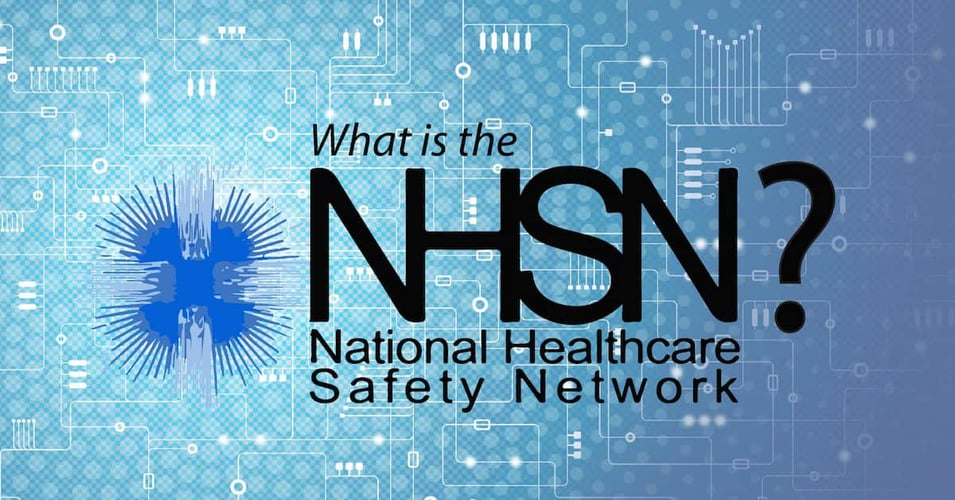Data Validation & Infection Control and Prevention

Surveillance and reporting are essential components of any facility’s infection control program. However, as Boromir might say, one does not simply collect and report data to the National Healthcare Safety Network (NHSN). Before data can be reported, it must be validated first internally by the reporting facility and then externally by an external agency. But what is data validation? In today’s post, we will unfurl the map and trace data’s path from Hobbiton your facility to Mordor the NHSN.
The first step in data validation is data collection, that is, surveillance. The infection control personnel at your facility use electronic health records to collect final blood cultures, culture assays, PCR results, and surgical procedures, depending on the HAI being reported. This step also requires collection of all HAI Events; that is, laboratory-confirmed infections due to a central line or other device. Typically, reports will include patient information, organism, date of collection, location and time of collection, and date of admission. Using this data to generate reports leads to the next step: internal validation.
Once all the data is collected and the reports generated, the infection control team conducts internal validation, going through each line to assure completeness and accuracy. Completeness refers to the review of all candidate Events and reporting or ruling them out with consistent criteria. At times, this step will identify errors in definitions of what constitutes an Event, an add-on procedure that was not included in the record, mis-counts, or double counts. Internal validation tasks occur daily, monthly, and annually, as real-time feedback is essential to the facility. Internal validation is essential because the last step, external validation, is conducted by individuals who do not have access to the full database accessed by the facility personnel.
Finally, once the data has been internally validated, it can be sent to an external auditor for external validation. The National Healthcare Safety Network (NHSN) provides extensive toolkits to validate data which can then be used by local and state health departments, federal agencies, and the NHSN itself. This stage can identify issues with completeness, which can result in data being sent back to the facility for correction. This final step assures that the most accurate results are used by the facility for planning and interventions, as well as for use by Centers for Medicare and Medicaid Services (CMS), which determines penalties for HAI rates and informs the consumers of HAI rates via Hospital Compare.
Data validation is an ongoing process with “freeze” points along the way during which data is formally validated and submitted to regulatory bodies. Without accurate data, facilities and healthcare systems cannot address infection control issues or make the necessary changes to assure patient safety. There are healthcare professionals who are solely responsible for data validation, a highly technical position requiring attention to detail and relentless pursuit of accuracy. So much of this work happens behind the scenes, so a great deal of the general public has no idea how much goes into this process. Let’s change that! Share this blog post with someone you think needs to know everything that goes into data validation!
![EOScu Logo - Dark - Outlined [07182023]-01](https://blog.eoscu.com/hubfs/Eoscu_June2024/Images/EOScu%20Logo%20-%20Dark%20-%20Outlined%20%5B07182023%5D-01.svg)




